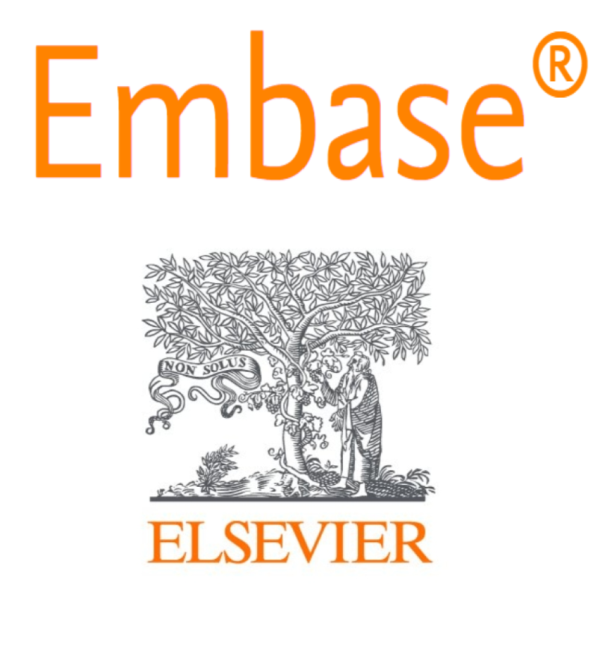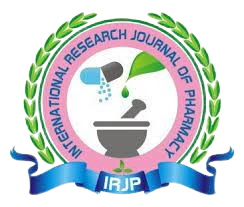STUDY OF HLA-B27 IN PATIENTS WITH SERONEGATIVE SPONDYLOARTHROPATHY
Keywords:
seronegative spondyloarthropathies, major histocompatibility complex,, human leukocyte antigen, spondylitis and rheumatoid arthritis factorAbstract
Introduction: The human leukocyte antigens (HLA) are gene loci in the major histocompatibility complex class I
of genes on chromosome 6, present on all nucleated cells. This activity reviews the varied presentations of HLA
B27 associated syndromes. Diverse disease presentations often require interprofessional approaches to care for
patients with HLA-B27 syndromes. Objectives of the study: The objective of the present study is to estimate
HLA-B27 levels in patients with seronegative spondyloarthopathies. Materials and methods: In the present
study, we included the patients with seronegative spondyloarthropathies in the age group of 20-70 years. We
included a total of 80 patients with SNSA. The diagnosis of SNSA include the absence of RA factor, subcutaneous
nodules, sacroilitis, inflammatory peripheral arthritis, ocular inflammation, alteration of skin, buccal ulceration,
enthesopathy, thrombophlebitis, pyoderma gangraenosum, familial aggregation and association with HLA-B27.
Serologic-based HLA typing using Antigen-specific sera was used to determine a patient’s HLA type. Results: In
the present study, we included a total of 80 patients of SNSA based on the inclusion criteria mentioned above, the
patients were in the age group of 20-70 years. The majority of the patients in our study were in the age group of
30-40 years. There were 20 patients in the age group of 21-30 years, 26 in 31-40 years, 12 in 41-50 years, 12 in
51-60 years and 10 in the age group of 61-70 years respectively, out of 80 patients 52 were males and 28 were
females. (table 1). It is evident from table 2 that, 22 patients presented with spondylitis, 42 had peripheral arthritis,
16 had ocular inflammation, 14 had alteration of skin, 8 had buccal ulceration and 6 had enthesopathy. It is evident
that out of the 80 patients studied HLA-B27 was detected in 11 patients and it is not detected in 69 patients. The
prevalence of HLA-B27 in patients with SNSA is found to be 13.75%. Discussion and conclusion: In conclusion,
our findings confirm the strong association of the HLA B27 allele with various types of seronagative SpAs. No
association between each of major clinical manifestations with age and sex distribution. We suggest that HLA
Typing would help in the diagnosis of seronagative SpAs specially AS where clinical presentation is unclear and
in identifying the family members at risk.








